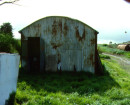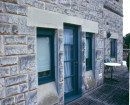EUCALYPTUS DISTILLERY
1 BROOKE STREET (CALDER HWY) INGLEWOOD, LODDON SHIRE
-
Add to tour
You must log in to do that.
-
Share
-
Shortlist place
You must log in to do that.
- Download report



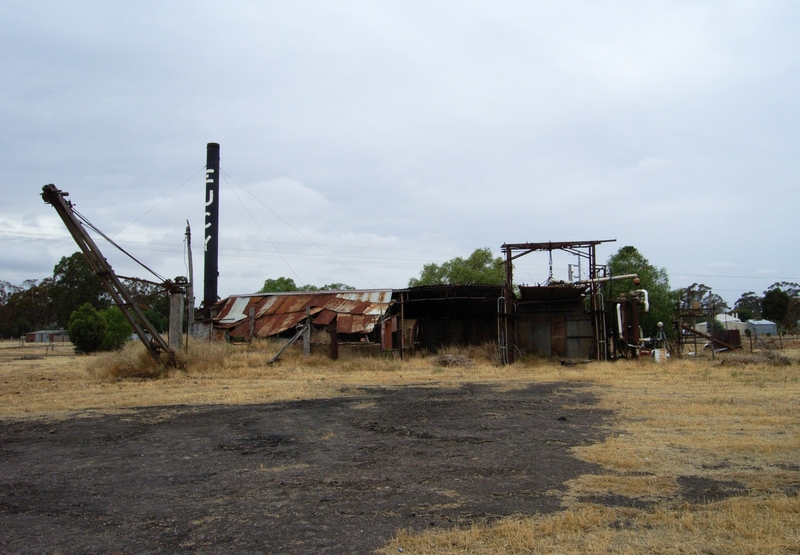
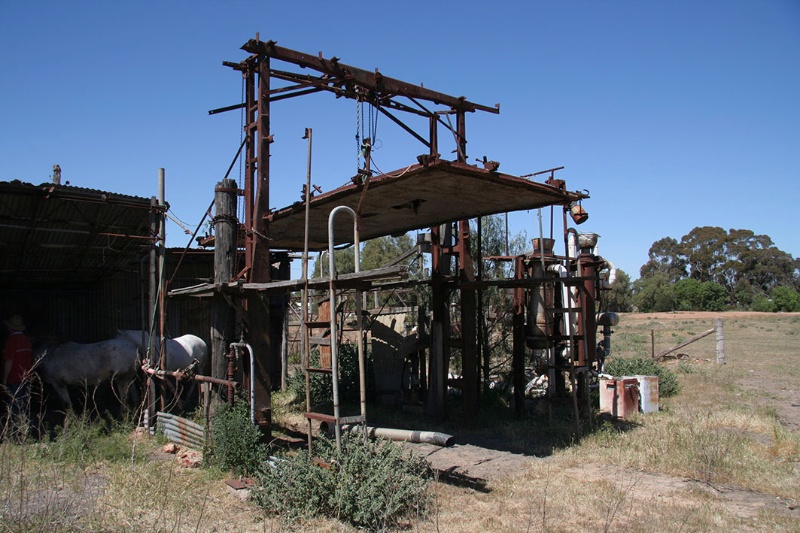
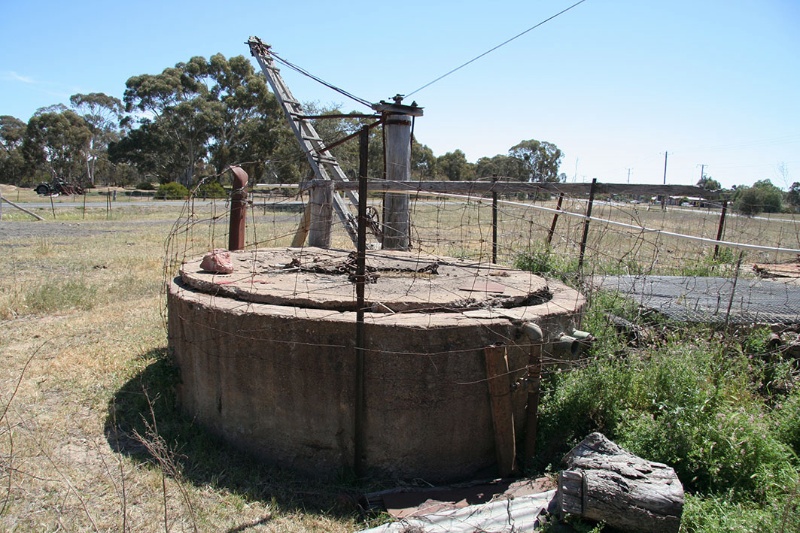
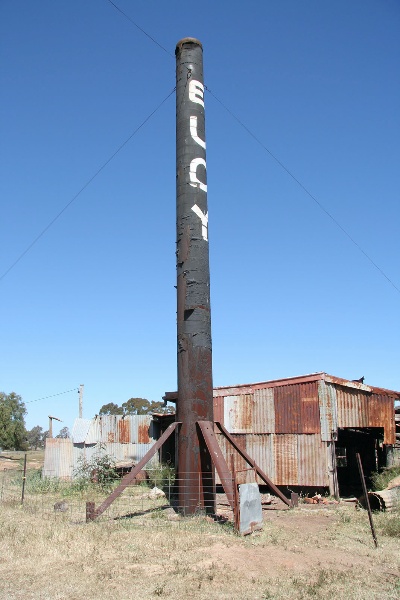
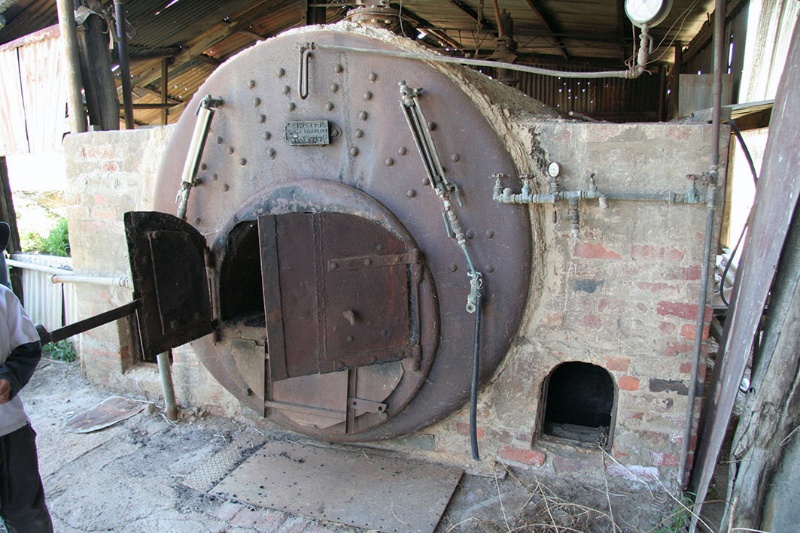
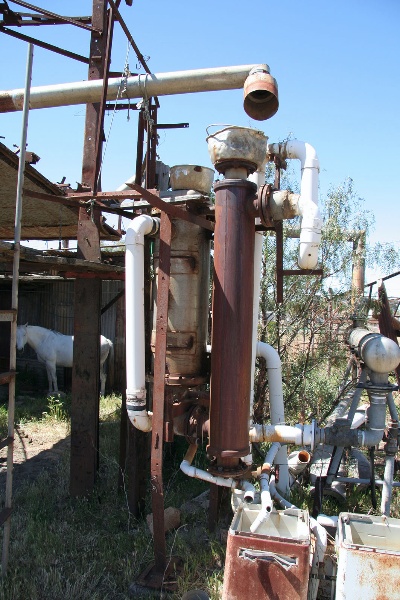
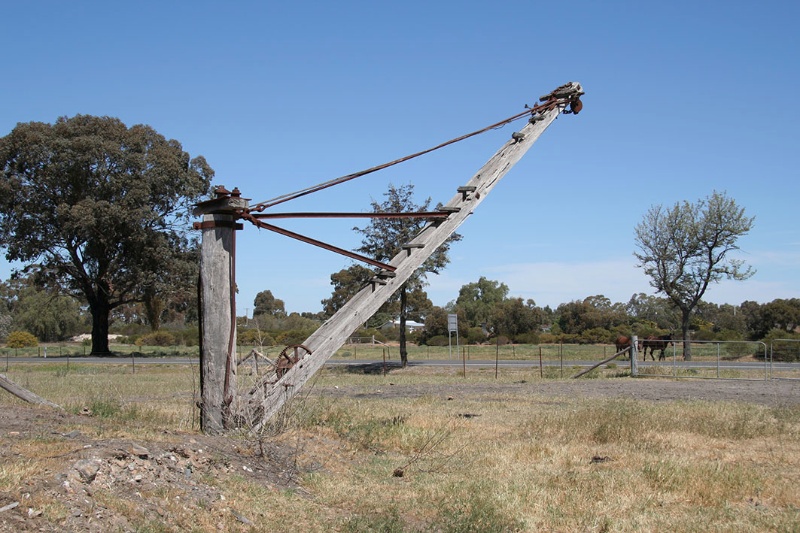



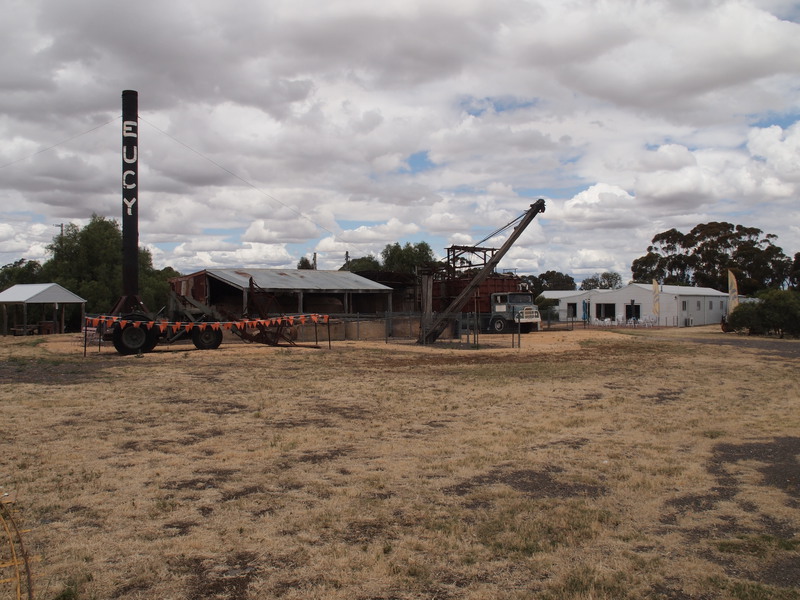
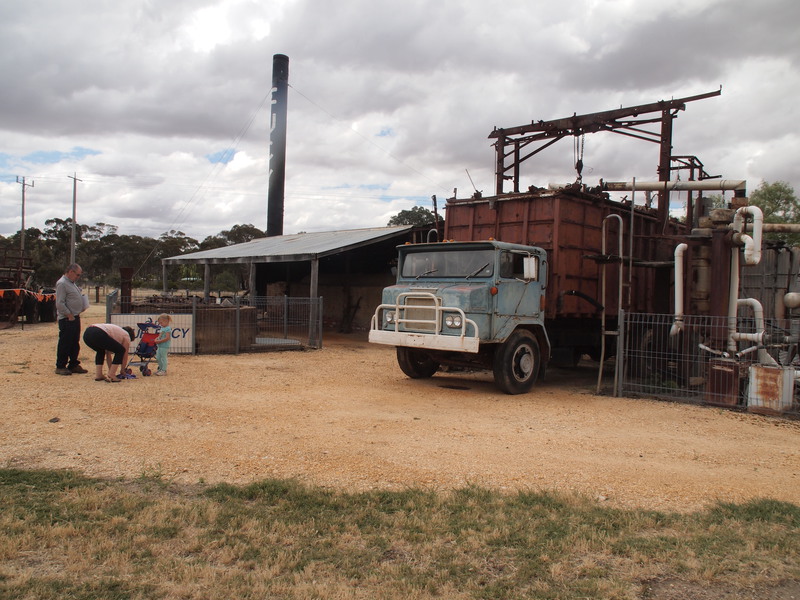


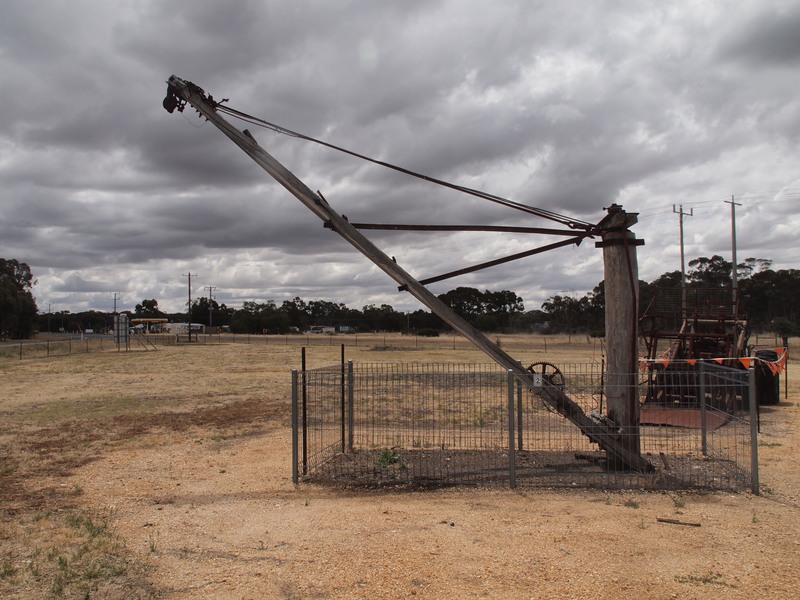
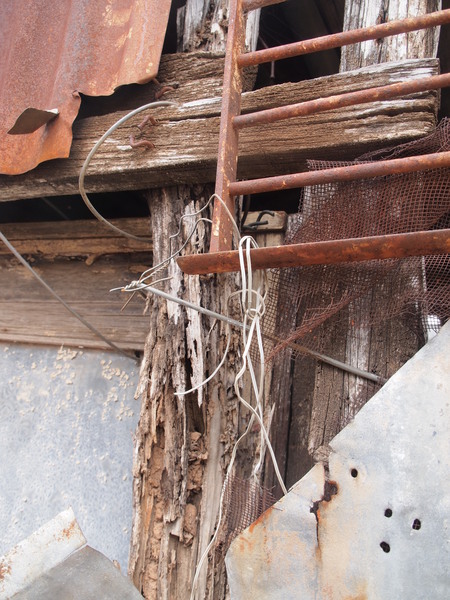
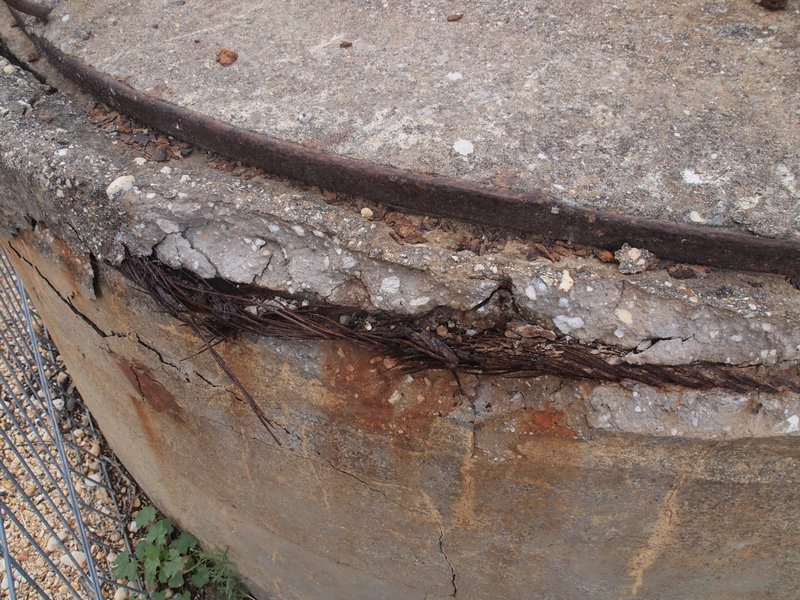
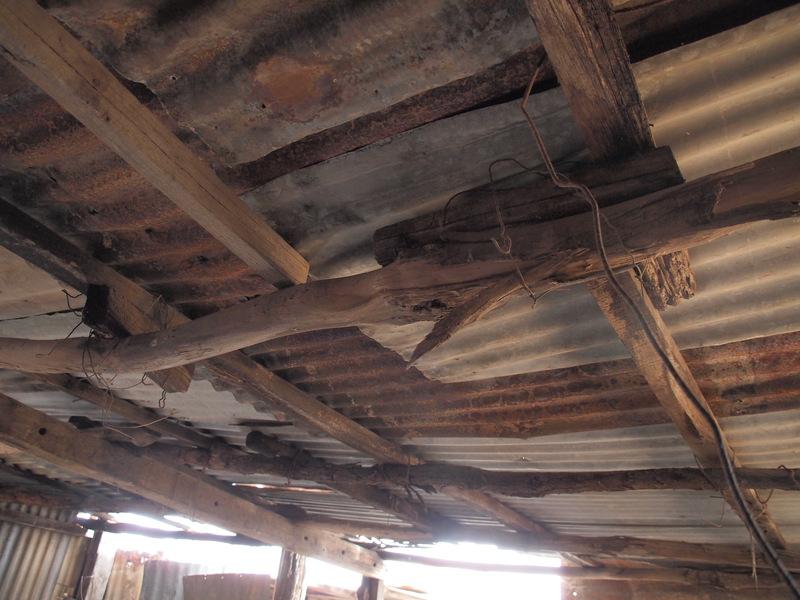
Statement of Significance
What is Significant
The Jones Brothers Eucalyptus Distillery, established c1900, is on a large block next to the northern highway approach to Inglewood. The factory features fabric from two main phases in the development of eucalyptus distilling technology. The earlier vat distillation technology is represented by three in ground brick-lined distilling vats with associated lids and crane made from bush timber, a condenser, bush-pole and corrugated iron buildings and dam. The later stage of truck-mounted vat distillation is represented by the gantry carrying the truck vat lid, adjacent condensers, collection apparatus, pumps, water pre-heaters and associated pipe-work, the Cornish boiler and redistillation apparatus.
The eucalyptus oil industry flourished in the Blue Mallee areas around the Whipstick, Kingower, Inglewood and Wedderburn in the late nineteenth century and by World War One this was the premier oil-producing region in the State. The stands of Blue Mallee produced the best quality pharmaceutical grade oil in the country. Phil Jones senior first distilled oil north of Kingower, then worked from his home in Inglewood. His oil won a prize at the Paris International Exhibition. He moved to the current factory site soon after, and the business was continued by his son Ernest from the early twentieth century, followed in turn by Ernest's sons Phil junior and Albert who operated into the 1980s. A succession of technologies of extraction were employed, from hand loaded in-ground vats to a system using a metal vat mounted on the back of a truck. At the same times the Jones had moved from hand harvesting to machine harvesting using a Yoeman Tritter (similar to a forage harvester). These changes were a response to the growth of the worldwide eucalyptus industry and increasing labour costs. The development of the truck mounted vat system by the Jones was an early advance in the general move in the industry towards the use of mechanical harvesting and mobile vats.
The system of cultivation, harvesting and distillation of oil from Blue Mallee occupies an unusual intermediate position between conventional agricultural practices such as grain growing, and industries based on harvest of natural vegetation such as timber, charcoal and wattle bark. The eucalyptus oil industry was open to small owners who had little capital and who could make use of the intermittent nature of the industry. The industry provided an important source of labour for the itinerant rural labour force. The Jones brothers business represents the smaller owner operated part of the industry in contrast to the larger companies such as Felton Grimwade.
How is it significant?
The Jones Brothers Eucalyptus Distillery is of historical and technological significance to the State of Victoria.
Why is it significant?
The Jones Brothers Eucalyptus Distillery is of historical significance as for its capacity to represent an industry which has played a significant role in the economy of central Victoria from the 1890s.
The Jones Brothers Eucalyptus Distillery is of historical significance for its capacity to demonstrate aspects of rural life in Victoria in the twentieth century, where many activities were subject to the vagaries of climate, landscape, and the global economy.
The Jones Brothers Eucalyptus Distillery factory is of technological significance for its capacity to demonstrate the specific technologies developed for an industry based in the poorer rural areas of the state which was largely operated by local owners with limited capital. Through all phases of the development of the Jones' factory, ingenious and economical use was been made of second hand plant and materials from a wide variety, combined with common bush technologies of construction.
-
-
EUCALYPTUS DISTILLERY - History
After the Inglewood alluvial and reef gold ran out, the local stands of Blue Mallee (eucalyptus polybractea) provided a ready source of income from the pharmaceutical and industralia properties of the oil distilled from the leaves. Small leases were selected and dozens of stills were established where blue mallee grew in large quantities. The extraction of oil is by evaporation, condensation, and the seperation by flotation.
The leaves were cut manually with a sickle (eucy hook), brought to a factory, stamped into brick vats built into the ground, then distilled. Steam from the boiler, operated at low pressure, is forced to the bottome of the vat and evaporates the globules of eucalyptus oil as it passes through the leaves. The steam leaves the top of the vat and the distillate is then forced through a condenser which reduces it to liquid form. The oil is lighter than water and is separated by flotation.
During this period late in the 19th century, Phil Jones distilled eucaplyptus north of nearby Kingower, then at his home in Verdon street Inglewood from which he was awarded a first prize medal at the Paris Exhibition for quality oil. Soon after, he built the factory at the north end of Inglewood. This factory was subsequently owned by his son Ernest and in the last half of the 20th century by Phil Jones, grandson of the original owner.
Like most eucy factories, this one was created more by evolution than any pre-arranged plan, largely constrcuted with second hand materials and bristling with home made variations. When Phil Jones Jnr began using an old metal sided trucke with a sealed lid as a vat for distilling this caused much comment as to its efficiency and economy. This original idea caught on and accelerated the mechanisation of a once labour intensive industry.
Most good quality oil is used in the medical field and the poorer oil is used for industrial puporses, eg. treating waste ore at Broken Hill to separate zinc and lead, as an anti-rust paint for ship boilers, preventing rust in car radiators (Valvoline) and as a domestic cleaner. Bosisto's became a major producer, later to combine with Drug Houses of Australia, both to be taken over by Felton Grimwade.
Until 1950 Australia was virtually the only source of eucalyptus oil but now contributes only 10-15% of the world's total, mostly higher grade pharmaceutical grade oil.
EUCALYPTUS DISTILLERY - Permit Exemptions
General Exemptions:General exemptions apply to all places and objects included in the Victorian Heritage Register (VHR). General exemptions have been designed to allow everyday activities, maintenance and changes to your property, which don’t harm its cultural heritage significance, to proceed without the need to obtain approvals under the Heritage Act 2017.Places of worship: In some circumstances, you can alter a place of worship to accommodate religious practices without a permit, but you must notify the Executive Director of Heritage Victoria before you start the works or activities at least 20 business days before the works or activities are to commence.Subdivision/consolidation: Permit exemptions exist for some subdivisions and consolidations. If the subdivision or consolidation is in accordance with a planning permit granted under Part 4 of the Planning and Environment Act 1987 and the application for the planning permit was referred to the Executive Director of Heritage Victoria as a determining referral authority, a permit is not required.Specific exemptions may also apply to your registered place or object. If applicable, these are listed below. Specific exemptions are tailored to the conservation and management needs of an individual registered place or object and set out works and activities that are exempt from the requirements of a permit. Specific exemptions prevail if they conflict with general exemptions. Find out more about heritage permit exemptions here.Specific Exemptions:General Conditions: 1. All exempted alterations are to be planned and carried out in a manner which prevents damage to the fabric of the registered place or object. General Conditions: 2. Should it become apparent during further inspection or the carrying out of works that original or previously hidden or inaccessible details of the place or object are revealed which relate to the significance of the place or object, then the exemption covering such works shall cease and Heritage Victoria shall be notified as soon as possible. Note: All archaeological places have the potential to contain significant sub-surface artefacts and other remains. In most cases it will be necessary to obtain approval from the Executive Director, Heritage Victoria before the undertaking any works that have a significant sub-surface component. General Conditions: 3. If there is a conservation policy and plan endorsed by the Executive Director, all works shall be in accordance with it. Note: The existence of a Conservation Management Plan or a Heritage Action Plan endorsed by the Executive Director, Heritage Victoria provides guidance for the management of the heritage values associated with the site. It may not be necessary to obtain a heritage permit for certain works specified in the management plan. General Conditions: 4. Nothing in this determination prevents the Executive Director from amending or rescinding all or any of the permit exemptions. General Conditions: 5. Nothing in this determination exempts owners or their agents from the responsibility to seek relevant planning or building permits from the responsible authorities where applicable. Regular Site Maintenance : The following site maintenance works are permit exempt under section 66 of the Heritage Act 1995: a) regular site maintenance provided the works do not involve the removal or destruction of any significant above-ground features or sub-surface archaeological artefacts or deposits; b) the maintenance of an item to retain its conditions or operation without the removal of or damage to the existing fabric or the introduction of new materials; c) cleaning including the removal of surface deposits, organic growths, or graffiti by the use of low pressure water and natural detergents and mild brushing and scrubbing; d) repairs, conservation and maintenance to plaques, memorials, roads and paths, fences and gates and drainage and irrigation. e) the replacement of existing services such as cabling, plumbing, wiring and fire services that uses existing routes, conduits or voids, and does not involve damage to or the removal of significant fabric. Note: Surface patina which has developed on the fabric may be an important part of the item's significance and if so needs to be preserved during maintenance and cleaning. Note: Any new materials used for repair must not exacerbate the decay of existing fabric due to chemical incompatibility, obscure existing fabric or limit access to existing fabric for future maintenance. Repair must maximise protection and retention of fabric and include the conservation of existing details or elements. Fire Suppression Duties : The following fire suppression duties are permit exempt under section 66 of the Heritage Act 1995, a) Fire suppression and fire fighting duties provided the works do not involve the removal or destruction of any significant above-ground features or sub-surface archaeological artefacts or deposits; b) Fire suppression activities such as fuel reduction burns, and fire control line construction, provided all significant historical and archaeological features are appropriately recognised and protected; Note: Fire management authorities should be aware of the location, extent and significance of historical and archaeological places when developing fire suppression and fire fighting strategies. The importance of places listed in the Heritage Register must be considered when strategies for fire suppression and management are being developed. Weed and Vermin Control : The following weed and vermin control activities are permit exempt under section 66 of the Heritage Act 1995, a) Weed and vermin control activities provided the works do not involve the removal or destruction of any significant above-ground features or sub-surface archaeological artefacts or deposits; Note: Particular care must be taken with weed and vermin control works where such activities may have a detrimental affect on the significant fabric of a place. Such works may include the removal of ivy, moss or lichen from an historic structure or feature, or the removal of burrows from a site that has archaeological values. Public Safety and Security : The following public safety and security activities are permit exempt under section 66 of the Heritage Act 1995, a) public safety and security activities provided the works do not involve the removal or destruction of any significant above-ground structures or sub-surface archaeological artefacts or deposits; b) the erection of temporary security fencing, scaffolding, hoardings or surveillance systems to prevent unauthorised access or secure public safety which will not adversely affect significant fabric of the place including archaeological features; c) development including emergency stabilisation necessary to secure safety where a site feature has been irreparably damaged or destabilised and represents a safety risk to its users or the public. Note: Urgent or emergency site works are to be undertaken by an appropriately qualified specialist such as a structural engineer, or other heritage professional. Minor Works : Note: Any Minor Works that in the opinion of the Executive Director will not adversely affect the heritage significance of the place may be exempt from the permit requirements of the Heritage Act. A person proposing to undertake minor works may submit a proposal to the Executive Director. If the Executive Director is satisfied that the proposed works will not adversely affect the heritage values of the site, the applicant may be exempted from the requirement to obtain a heritage permit. If an applicant is uncertain whether a heritage permit is required, it is recommended that the permits co-ordinator be contacted.EUCALYPTUS DISTILLERY - Permit Exemption Policy
Attention should be given to the findings of a conservation plan under preparation at the time of assessment.
The return of various items of plant and machinery which have been recently removed from the site will add to the integrity and appreciation of the place. Opportunities for reacquisition of such objects should be pursued. These objects include the Cliff & Buntin Traction engine (now at the Museum of Victoria) and the truck with steaming vat.
-
-
-
-
-
FINCHAM PIPE ORGAN
 Victorian Heritage Register H1281
Victorian Heritage Register H1281 -
INGLEWOOD COURT HOUSE
 Victorian Heritage Register H1120
Victorian Heritage Register H1120 -
FORMER CHARLIE NAPIER HOTEL
 Victorian Heritage Register H1143
Victorian Heritage Register H1143
-
'Mororo' 13 Oxford Street, Malvern
 Stonnington City
Stonnington City -
1 Arnold Street
 Yarra City
Yarra City -
1 Austin Street
 Yarra City
Yarra City
-
-







